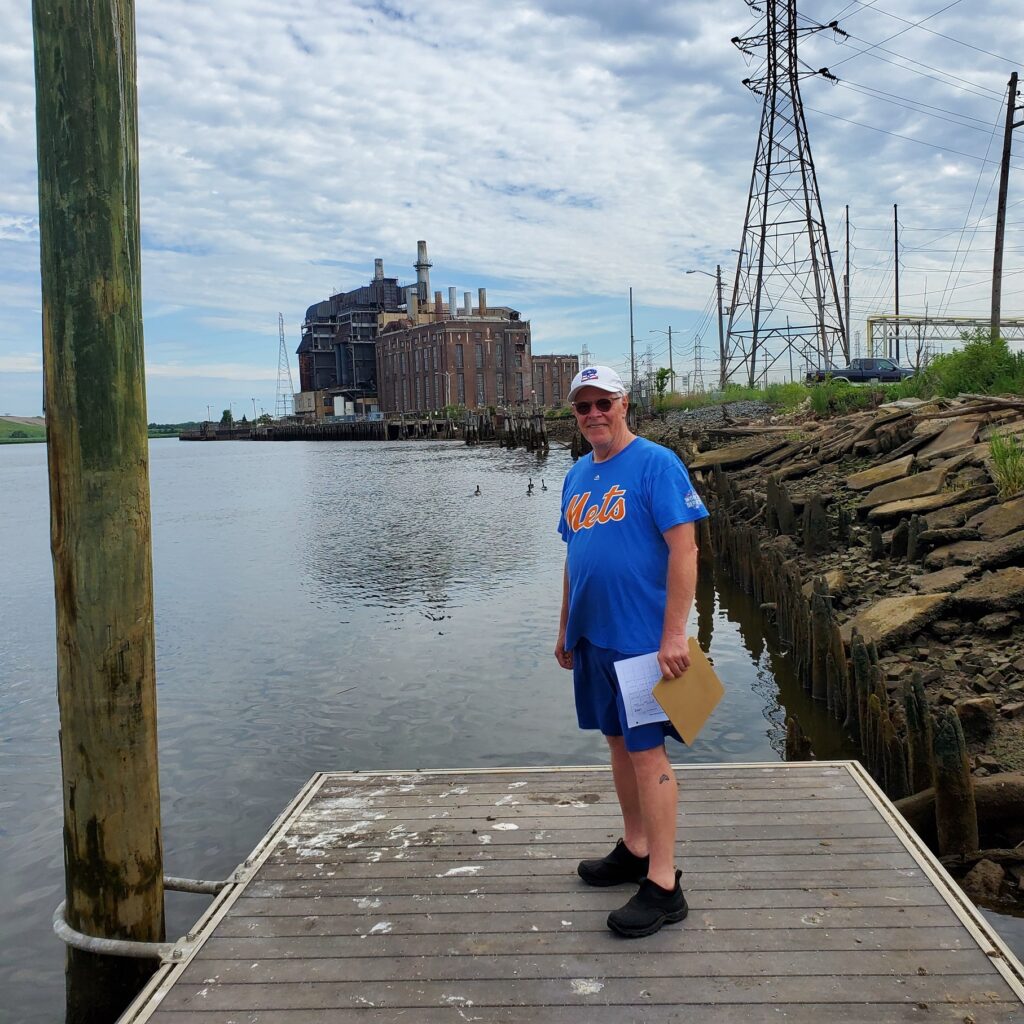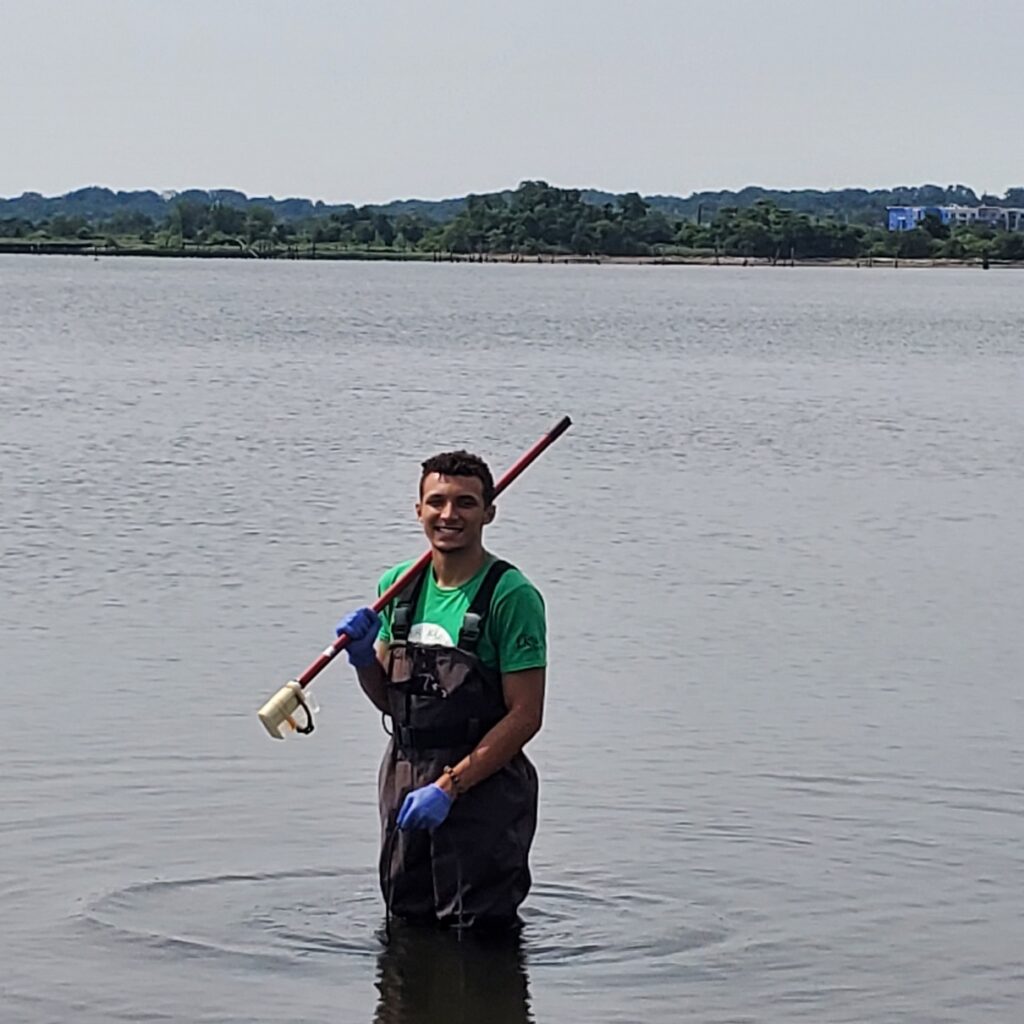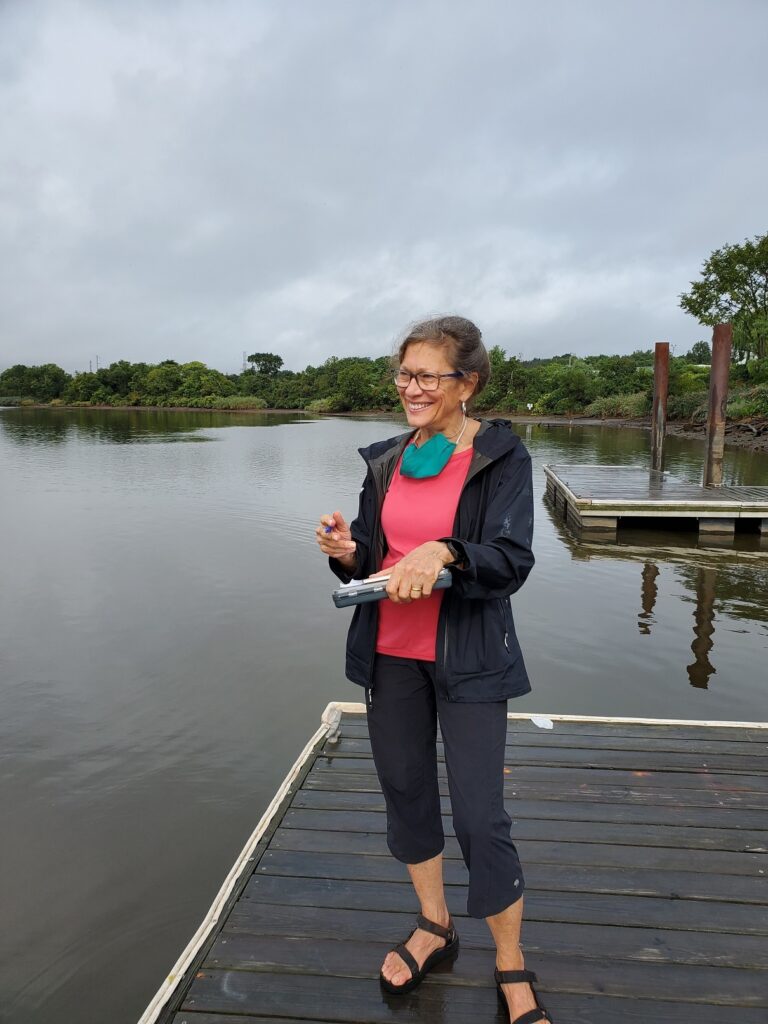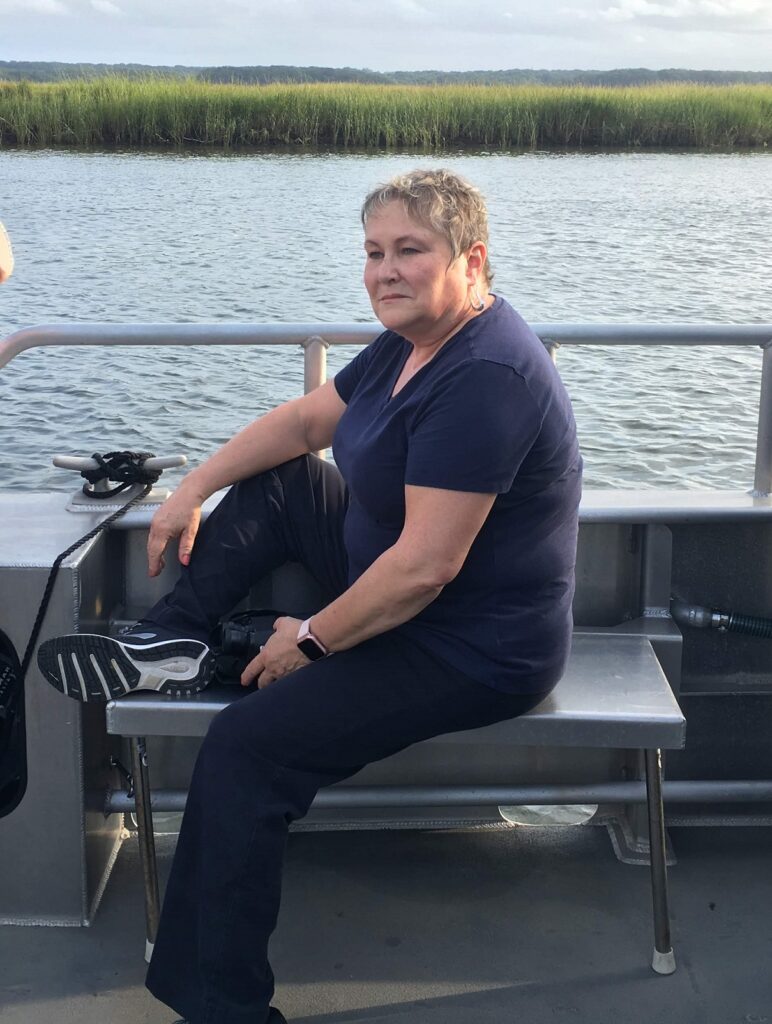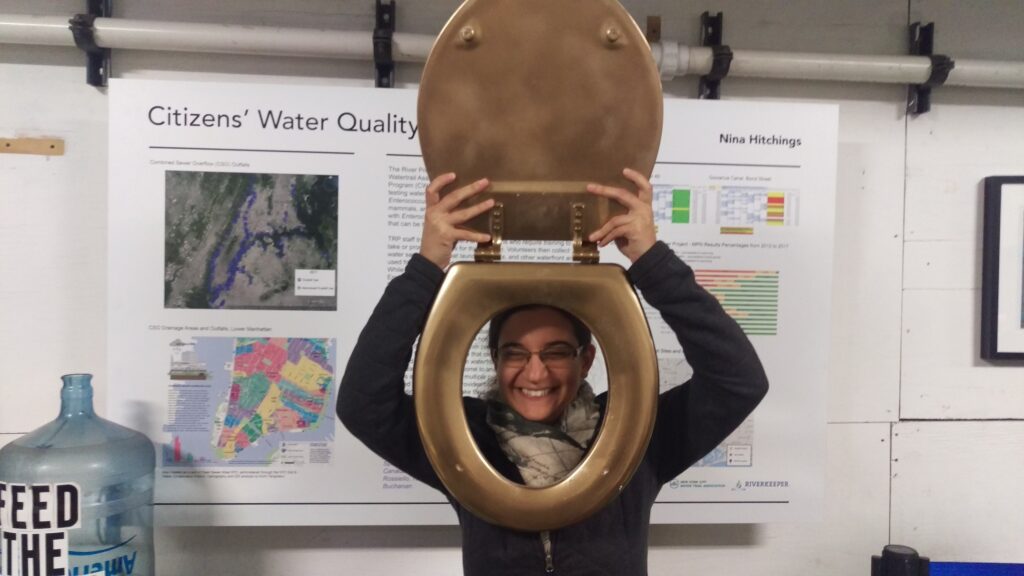Natural Treasures Hidden in Plain View
Article and photos by Joe Mish
A short rapid at the head of an island on the South Branch demanded my immediate attention, though it was an easy and familiar passage. A few quick draws and paddle strokes allowed the canoe to negotiate the exposed rocks without a scratch. The smooth open water below the rocks, this day, appeared to be non- navigable as a herd of Holstein milk cows stretched from pasture to the far bank. The cool water must have felt so good on their udders they were reluctant to move and remained motionless, all eyes watching me silently approach.
I did my best to avoid starting a stampede and shunned the thought of owning the notoriety of being the only canoeist ever to be churned into oblivion by stampeding bovines, while paddling down a quiet river. It would certainly be an inglorious and unexpected end to a peaceful canoe trip.
The cows did give way, grudgingly, as they shifted position to allow my passage, each cow substituting for a slalom gate on a downriver run.
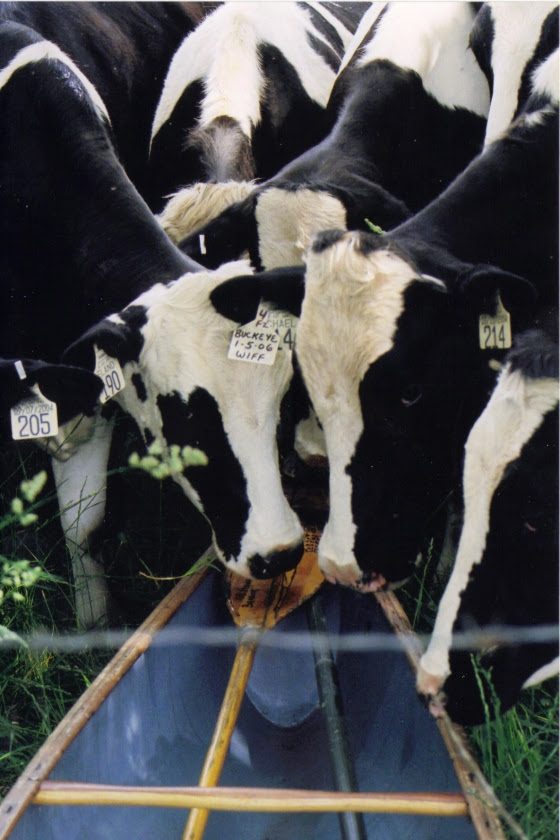
That scenario will never happen again as the dairy farm was sold and new environmental regulations barred cattle from rivers and streams.
So it was the proliferation of dairy herds dwindled to change the perception of the character of the region from rural to land prime for development.
The absence of cows from the landscape was taken as signal that nothing remained to be saved in terms of nature or wildlife. The land without cows was sterile and devoid of life, a waste of space, only to be saved by ratables.
Unbeknownst to most, the open space and river corridor teemed with viable populations of wildlife that existed long before the cows came and remained in viable populations after the cows passed.
A common misconception about wildlife is, if you don’t see herds of animals, they don’t exist, except as anomalies. The facts are, many wildlife species, mink for example, exist in healthy populations across the state.
Animals that dominated stories of frontier days, sans mountain lions, still live among us. Tales of coyotes, black bear, otter, beaver, turkey, whitetail deer and eagles belong to wild country, pristine wilderness rarely visited by humans. Even the sound of migrating wild geese, flying a mile high in a V formation, still make the heart beat faster. The geese were travelers from the far north on a winged journey, whose eyes had seen wild places we could only dream about.
The symbol of our country, the bald eagle, until recently, existed only as marketing brands, has now established territory along our rivers, one nest producing fifteen fledglings over seven years. Eagles of all ages are now a common sight.
Trees gnawed by errant beaver looking for a permanent home line the rivers. Transients pass through each winter, occasionally homesteading for a few years. Beaver were the main attraction for early settlers and provided impetus to explore and settle the early wilderness. Again, a local animal whose lineage is associated with mountain men, wilderness and American history, remain and thrive despite the absence of cows.
As I paddled down the south branch, an oversized raptor perched on a dead tree branch extending over the river. I could not identify the species and wanted to get some images. I set the boat to drift on a course that would pass directly under the bird. To my surprise it tolerated my presence as I took my limit of images. Still thinking it was some variety of hawk, I continued on my journey. Only when editing the images, I realized I was within intimate distance of a juvenile bald eagle! I had no idea eagles even existed locally; the only one I ever saw was fifty years ago on the upper Delaware River. Consider the misconception created when the most common image of an eagle, as seen exclusively on branding, is that of an adult with a white head and tail. It is easy to ignore or mistake juvenile birds as it takes about four and a half years for the plumage to change to pure white.
The thought then occurred, beside eagles, what other unexpected wild life or endangered and threatened birds and animals existed in our midst? Rivers serve as ancient migration routes for birds and animals, the pathways imprinted in their DNA. So the opportunity exists to observe unusual species during times of migration and the possibility some may decide to take the exit ramp and remain.
Our natural treasures are hidden in plain view, their legacy continues if we recognize their existence and the importance of protecting the land along our rivers and open space.
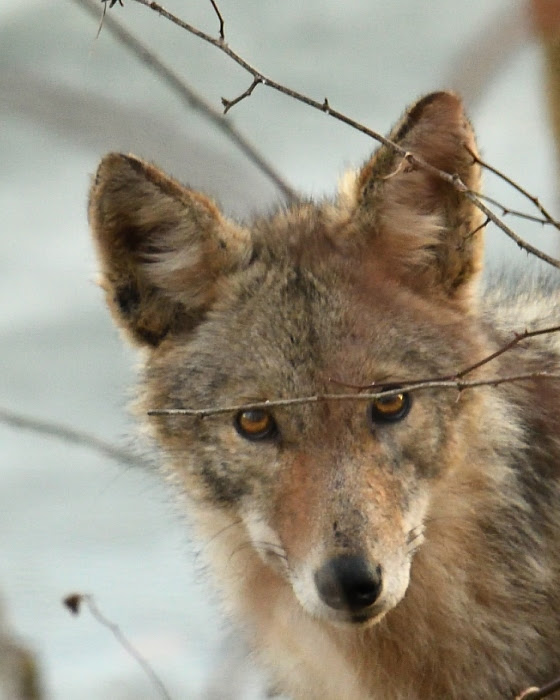
Author Joe Mish has been running wild in New Jersey since childhood when he found ways to escape his mother’s watchful eyes. He continues to trek the swamps, rivers and thickets seeking to share, with the residents and visitors, all of the state’s natural beauty hidden within full view. To read more of his writing and view more of his gorgeous photographs visit Winter Bear Rising, his wordpress blog. Joe’s series “Nature on the Raritan, Hidden in Plain View” runs monthly as part of the LRWP “Voices of the Watershed” series. Writing and photos used with permission from the author. Contact jjmish57@msn.com.

